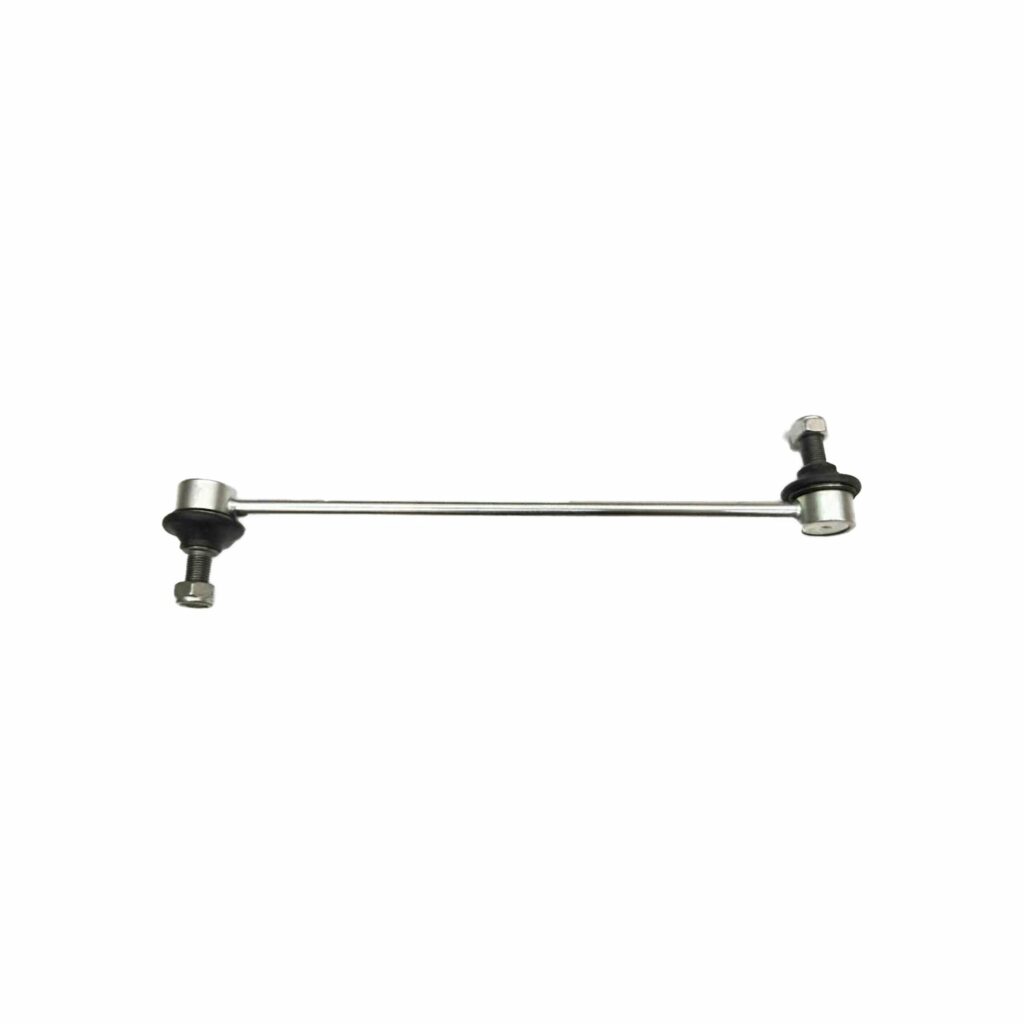A vehicle’s rear sway bar links play an important role in how the rear suspension functions and the overall handling and stability of the vehicle. When rear sway bar links start to fail, they can negatively impact ride quality, cornering performance and even safety. Here are some reasons why properly functioning rear sway bar links are critical.

Reduced Body Roll in Turns and Cornering
One of the primary purposes of rear sway bar links is to limit body roll during turns and cornering. The sway bar itself is a bar that connects the left and right sides of the rear suspension, forming a torsion spring. When one wheel encounters a bump or dips in a turn, the sway bar resists this movement and helps keep the other wheel level. Weak or damaged rear sway bar links compromise this function, letting the vehicle’s body roll excessively. This negatively impacts steering feel, control and cornering performance.
Improved Vehicle Stability
Excessive body roll during turns and evasive maneuvers can reduce vehicle stability, potentially leading to loss of control. Sway bars and properly functioning rear sway bar links enhance stability by counteracting roll movements and keeping each wheel firmly planted. When rear sway bar links fail, they allow the rear sway bar to separate from the suspension. This reduces the sway bar’s ability to resist body roll, compromising stability and heightening the risk of the vehicle fishtailing during aggressive maneuvers.
Ride Quality and Suspension Performance
Rear sway bar links transmit forces from the sway bar to the rear suspension. Worn or damaged links cannot effectively transfer these forces, compromising the rear suspension’s ability to dampen bumps and vibrations. This leads to a rougher ride quality, more body shake and harshness over bumps. When rear sway bar links fail completely, they can even allow the rear sway bar to hit parts of the body or suspension, causing rattling noises.
Reduced Safety Risks
All of the above factors ultimately feed into vehicle safety. Excessive body roll and reduced stability increase the risk of loss of control during emergency braking or evasive maneuvers. A rougher ride and compromised suspension performance also make it more difficult for the driver to maintain proper vehicle control, focus on the road and react appropriately to dangerous situations. By extension, properly functioning rear sway bar links enhance vehicle safety through their benefits to handling, stability, suspension performance and driver confidence.
Improved Tire Traction and Handling
Since sway bars limit body roll and help keep each tire planted, properly connected rear sway bar links optimize the tire contact patch. This maximizes the lateral force each tire can generate for turning, cornering and acceleration. As rear sway bar links loosen or fail, the tires are less able to develop traction and grip the road. As a result, the vehicle requires more effort to change direction quickly, exhibits heavier steering and loses some of its handling finesse.
Rattling and Noise Reduction
Rear sway bar links that are worn or beginning to fail often produce noticeable rattling or popping noises when driving over bumps or during turns. As lubrication breaks down and the bushings deteriorate, the looseness of the links allows them to vibrate and tap against other parts. Failing rear sway bar links also grind and clank against the sway bar itself more easily. Replacing worn rear sway bar links can help eliminate excess noise and restore a quieter ride.
